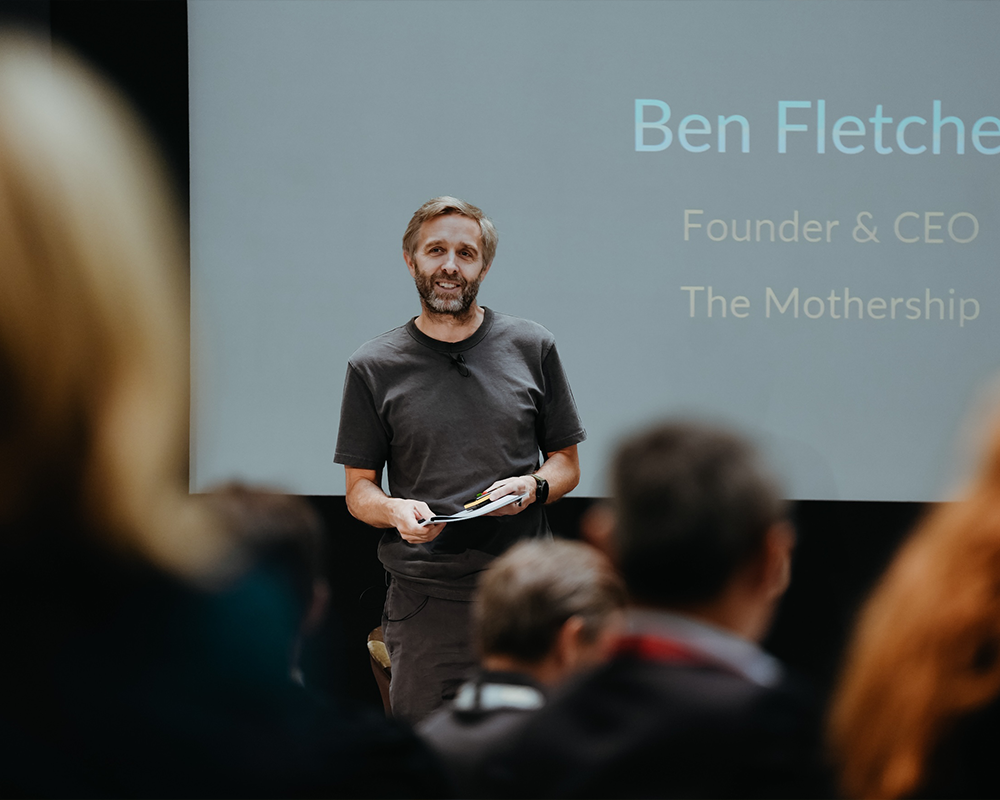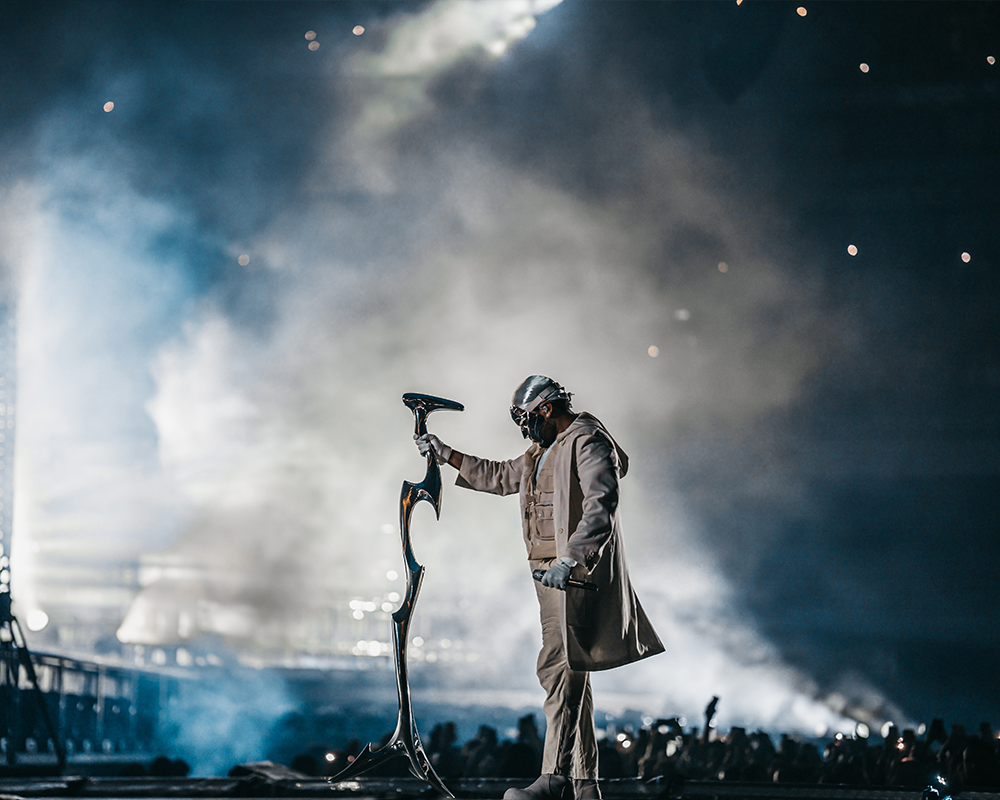In a time where visuals and sound work as powerful communicators, a media and production company carries significant weight. Finding the right team can be the difference between a dull video that disappears in seconds and a film that lingers in a viewer’s mind for days. People often think that to create captivating content, one must simply have good equipment and editing software. In reality, it’s the blend of creativity, authenticity, and strategic thinking that turns an ordinary project into something that genuinely resonates.
This post digs into how a media and production company operates, why it matters for brands of all sizes, and what sets a truly dedicated team apart. Through examples, insights, and a few data-driven points, the hope is to inspire you to think bigger about how your stories can reach the audiences who will truly appreciate them.
For instance, in our own work at We Stream, we’ve collaborated on projects ranging from mini-documentaries to glamorous beauty campaigns. Before filming with Kris Jenner for a notable brand, we spent days exchanging ideas about how to reflect her personality. The final cut wasn’t just a montage of her presence - it was a short film highlighting confidence and light-hearted charm, which viewers appreciated. This initial planning phase forms the foundation for a cohesive production.
Finding the human core
A media and production company that prioritises human elements can create a deeper impact. According to a 2022 survey by HubSpot, videos that spark an emotional reaction can increase viewer retention by up to 35%. It’s rarely about a sudden tear-jerker moment; it’s about showing real people, real passions, and real stories.
Think about high-profile campaigns like the ones featuring Paul Pogba. The intention wasn’t solely to show off football videographer excellence - it was to demonstrate what drives him as an athlete and an individual. We found that people connected more with the moments where he talked about his humble background and personal goals, rather than with the glossy shots of him training. Genuine emotion stays with viewers longer than a simple product pitch.
Versatility in action
A competent media and production company does more than film interviews or short promos. It might handle live events, television adverts, online series, and even unique social media shorts. In our experience, each format holds a different place in a brand’s overall narrative. The approach for a corporate conference featuring cutting-edge AI topics will differ from that of a backstage shoot at a fashion video showcase. Yet the core objective remains the same: bring out the spirit of each project so that viewers feel a connection.
For example, we recently covered an IT conference in Berlin that aimed to showcase fresh technologies in automation. The final footage was distributed through multiple channels: social media teasers, a highlight reel for stakeholders, and a condensed version aimed at potential sponsors. Each edit came from the same core material but was shaped to suit the purpose. The brand later reported a notable uptick in enquiries following the release - a testament to planning and understanding the audience.
REQUEST A QUOTE BY EMAIL
Beyond the obvious: creating brand cohesion
A remarkable production doesn’t happen in isolation. The aim is to align it with broader brand goals. A media and production company that genuinely invests in brand alignment ensures consistency in tone, visual style, and underlying message. This synergy fosters trust among viewers; when they see a consistent narrative, it reassures them that the brand has clarity in its mission.
When we filmed a brand header video for a dance academy, for instance, the performance shots only covered half the story. We also wove in the founders’ perspective, the students’ aspirations, and the supportive culture behind the classes. It wasn’t simply an ad for dance lessons - it was a short film that revealed the academy’s encouraging atmosphere. That sense of alignment with the brand’s values helped draw in more students over time.
Data that underlines the need for great production
Stories and personal connections matter, yet it’s always wise to support creative instincts with statistics:
- Visual recall: Research from Insivia shows that viewers remember 95% of a message when delivered by video, compared to just 10% when reading it as text.
- Growth of video marketing: A survey by Wyzowl indicates that 89% of marketers believe video gives them a positive return on investment.
- Social shares: Clips on social networks are shared more often than static imagery, with 1,200% more shares for video than for text and images combined (as reported by WordStream).
These figures highlight why a media and production company is not a luxury but a strategic partner. Compelling visual content cuts through the noise and fosters genuine interactions, especially as online platforms grow more competitive.
Building trust through openness
Media and production isn’t merely a transaction. It’s a relationship between the creators and the client. A transparent approach keeps everyone on the same page. Discussions on budget, time constraints, brand guidelines, and creative direction allow each side to voice their priorities. This atmosphere of openness reduces miscommunication down the line.
When we worked on a behind-the-scenes video for Tommy Hilfiger, we made sure to discuss every potential angle with their internal team. Our crew took note of the brand’s request for a polished yet approachable style. The end result featured an energetic mix of runway shots, interviews with designers, and subtle emphasis on the brand’s heritage. Frequent check-ins throughout editing confirmed we stayed aligned with their vision.
Adaptability and risk-taking
A strong media and production company doesn’t shy away from risks. Sometimes, the best results happen when the team tries an unconventional angle or a unique style of interviewing. Of course, not every experiment will be perfect, but a willingness to explore fresh ideas can set a campaign apart.
We once filmed a backstage piece for an up-and-coming musician who performed at Maida Vale. Instead of adopting a standard interview format, we had her narrate her process while warming up. That personal angle, combined with raw glimpses of the venue’s atmosphere, offered a candid portrayal of her style. The audience not only engaged with the finished film but also learned something genuine about her creative process.
Collaboration over transaction
Time and again, it becomes clear that a strong alliance between the client and the company leads to projects that leave a mark. By involving clients at crucial junctures - concept refinement, content drafts, preview screenings - the final outcome feels like a shared victory. The old approach of dropping off a brief and returning weeks later for a final edit is outdated. Instead, an active back-and-forth fosters better ideas.
We’ve had large-scale collaborations, such as with Max Factor, where the brand’s insights fed into our artistic decisions, ensuring a well-balanced final product. We’ve also worked with smaller businesses that might initially hesitate to contribute creative input. Yet once they saw their perspective mattered, they dove into the process—yielding films that accurately conveyed their identity.
The future of media and production
As online channels continue to evolve, a media and production company’s role expands. Today’s technology opens doors to interactive live broadcasts, short clips designed for quick mobile viewing, and more intricate storytelling techniques. Even with all these options, one truth remains constant: a story that feels sincere will rise above the static that clutters our feeds.
Whether filming a global fashion event or a local café hoping to reach new customers, the principles remain similar. Identify the story, engage real emotions, shoot in a way that complements the message, and refine the content until it flows seamlessly. Above all, stand by the idea that each project is more than a series of clips - it’s a chance to shine a light on the people or brand behind it.
REQUEST A QUOTE BY EMAIL
Partnering with the right media and production company
In the end, the best results often surface when you work with a team that balances creativity with genuine collaboration. The right company doesn’t just hand over a polished clip - it acts as a creative ally, ready to explore new ideas, adjust plans as needed, and provide guidance on distribution strategies.
At We Stream, our belief is that every film should feel like a story. We begin by understanding your passion, your audience, and what keeps them invested in your message. A truly memorable piece will do more than just fill a slot in your marketing plan. It can elevate your brand’s visibility, leave lasting impressions, and possibly shift how viewers think about your mission. And that, in our view, is the magic of a media and production company that focuses on both art and strategy in every frame.
FAQs
How do you tell a good story in a video?
A good story in a video starts with a clear narrative structure - a beginning, middle, and end - combined with strong visuals, authentic emotions, and a connection to the audience’s needs or interests.
How long does it take to produce a video?
Video production timelines vary based on the project’s complexity, but a typical commercial video can take anywhere from a few days to several weeks, including pre-production, filming, and editing.
Why is pre-production important for videos?
Pre-production sets the foundation by planning everything from scripts and storyboards to locations and schedules, which helps avoid delays, reduces costs, and ensures the final video aligns with the client’s vision.
How do you film live events effectively?
Filming live events requires thorough preparation, multiple camera angles, quality audio equipment, and quick adaptability to capture key moments without disrupting the flow of the event.
How do you measure the success of a video?
Success is measured through metrics like views, watch time, engagement (likes, comments, shares), and conversions, depending on the video’s goal, whether it’s brand awareness, sales, or audience growth.
A good story in a video starts with a clear narrative structure - a beginning, middle, and end - combined with strong visuals, authentic emotions, and a connection to the audience’s needs or interests.
How long does it take to produce a video?
Video production timelines vary based on the project’s complexity, but a typical commercial video can take anywhere from a few days to several weeks, including pre-production, filming, and editing.
Why is pre-production important for videos?
Pre-production sets the foundation by planning everything from scripts and storyboards to locations and schedules, which helps avoid delays, reduces costs, and ensures the final video aligns with the client’s vision.
How do you film live events effectively?
Filming live events requires thorough preparation, multiple camera angles, quality audio equipment, and quick adaptability to capture key moments without disrupting the flow of the event.
How do you measure the success of a video?
Success is measured through metrics like views, watch time, engagement (likes, comments, shares), and conversions, depending on the video’s goal, whether it’s brand awareness, sales, or audience growth.



